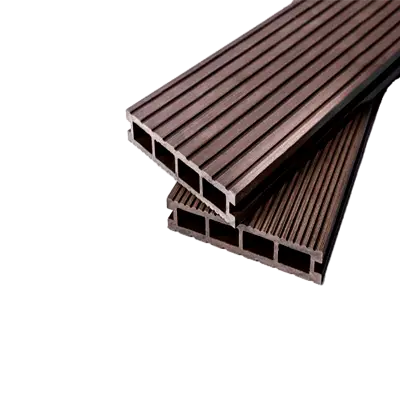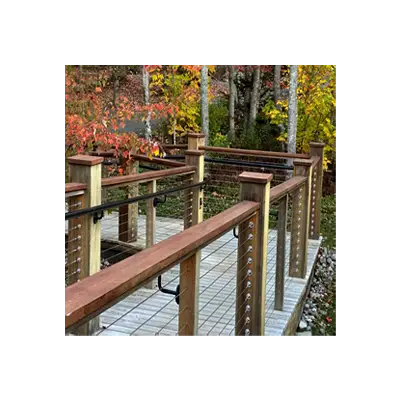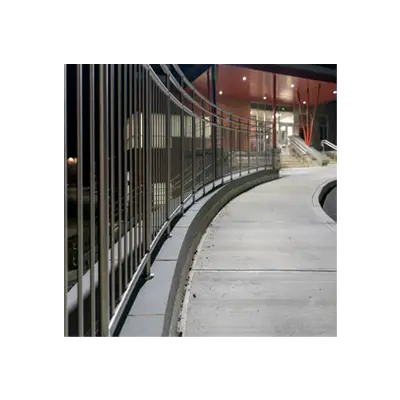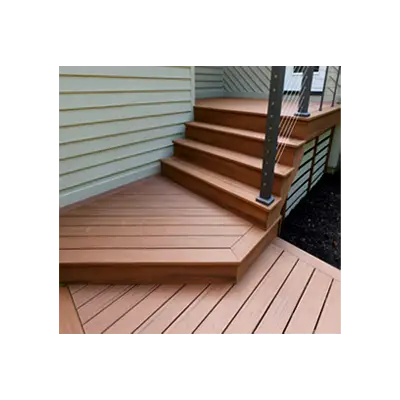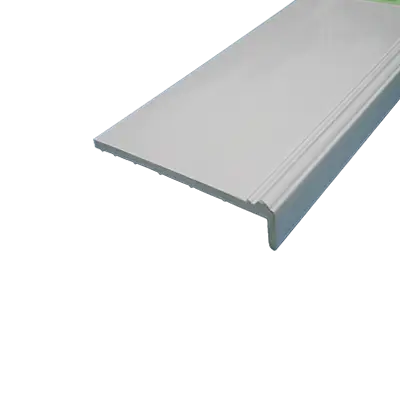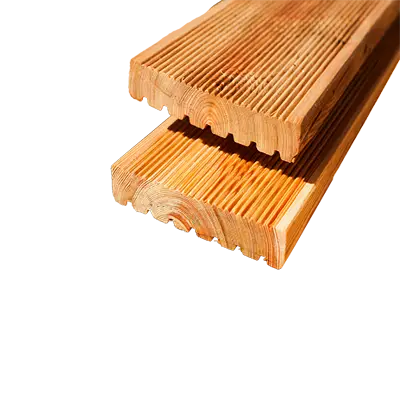Call +(254) 703 030 000 / 751 483 999 / 721 704 777
- Home
- Building Materials
- Decking
.....Read More
Frequently Asked Questions
What is the best material for decking?
Please provide the full question you would like me to answer.
How do I maintain my deck?
Please specify what topic you would like me to elaborate on.
How much does it cost to build a deck?
The cost of building a deck can vary significantly based on several factors, including the size and complexity of the deck, the materials chosen, and labor costs in your region. A small, simple deck made from pressure-treated lumber might cost a few thousand dollars, while a larger, multi-level deck with exotic hardwood or composite materials and custom features could easily run into tens of thousands of dollars.
Material choices play a big role. Pressure-treated lumber is generally the most affordable, followed by cedar or redwood. Composite decking, which is low-maintenance and durable, tends to be more expensive upfront but can save money on maintenance in the long run. Exotic hardwoods like ipe are at the higher end of the spectrum.
Labor costs will also depend on the contractor's rates and the complexity of the job. Hiring a professional can ensure quality and adherence to building codes, but it will be a significant portion of the total cost. If you plan to DIY, you save on labor but take on the responsibility of sourcing materials, tools, and ensuring the project is safe and up to code. Additional costs can include permits, railings, stairs, lighting, and any necessary ground preparation. It's always best to get multiple quotes from contractors and have a clear understanding of what's included in each estimate.
What are the pros and cons of composite decking?
Composite decking offers several advantages, including its durability and low maintenance. Unlike traditional wood, it resists rot, decay, and insect infestation, and it doesn't require regular staining, sealing, or painting. This makes it a long-lasting and convenient option for homeowners. Furthermore, composite decking is often made from recycled materials, making it an environmentally friendly choice. It also comes in a variety of colors and styles, allowing for greater design flexibility.
However, composite decking also has some drawbacks. It can be more expensive upfront than wood decking, although this cost may be offset by lower long-term maintenance expenses. Some composite materials can get hotter in direct sunlight than wood, which can be uncomfortable in warm climates. While generally resistant to fading, some early generations of composite decking were prone to it, though modern advancements have largely addressed this issue. Additionally, composite decking can be heavier than wood, potentially requiring more robust framing for installation. Repairing damaged composite boards can also be more challenging than replacing a single wood board.
How do I clean my deck?
To clean your deck effectively, start by removing all furniture, plants, and other items. Sweep away loose debris like leaves, dirt, and twigs. Next, use a deck cleaner solution, following the manufacturer's instructions for mixing and application. You can apply the solution with a pump sprayer, a roller, or a stiff-bristled brush. Allow the cleaner to sit for the recommended time, typically 10-15 minutes, to loosen grime and mildew. For stubborn stains, you may need to gently scrub with a brush. Finally, rinse the deck thoroughly with a garden hose or a pressure washer on a low setting (around 1200-1500 PSI to avoid damaging the wood). Ensure all cleaner residue is removed, as it can be slippery when wet or leave streaks. For best results and to protect the wood, consider applying a deck sealant or stain after the deck has completely dried, usually 24-48 hours later.
How long does a wooden deck last?
A wooden deck typically lasts between 10 to 30 years, but its lifespan can vary significantly based on several factors. The type of wood used plays a crucial role; naturally durable woods like cedar, redwood, or tropical hardwoods such as ipe or tigerwood tend to last longer due to their inherent resistance to rot, insects, and decay. Pressure-treated lumber also offers enhanced longevity due to chemical treatments that protect against these elements.
Maintenance is paramount to extending a deck's life. Regular cleaning to remove dirt, mildew, and debris prevents moisture buildup and rot. Applying a sealant or stain every 1-3 years helps protect the wood from UV damage, water absorption, and wear. Timely repairs of loose boards, nails, or screws also contribute to structural integrity and overall durability.
Environmental conditions also impact longevity. Decks in humid climates or areas with frequent rain are more susceptible to moisture-related issues, while those exposed to harsh sunlight can suffer from premature drying and cracking. Proper ventilation beneath the deck is also important to prevent moisture trapping. Ultimately, a combination of quality materials, consistent maintenance, and favorable environmental conditions will maximize a wooden deck's lifespan.
What is the difference between composite and wood decking?
Composite decking is a manufactured product typically made from a blend of wood fibers and recycled plastics. It is known for its durability, low maintenance, and resistance to rot, insects, and splintering. Composite decking often comes with a warranty and requires minimal upkeep, usually just cleaning with soap and water. However, it can be more expensive upfront than wood, and some older generations of composite decking were prone to fading or heat retention.
Wood decking, on the other hand, is a natural material that offers a classic and authentic look. Common wood types include pressure-treated pine, cedar, redwood, and hardwoods like ipe. Wood decking is generally less expensive initially than composite and can be stained or painted to achieve various aesthetics. However, it requires significant maintenance, including regular cleaning, sealing or staining, and occasional repairs due to weathering, rot, or insect damage. Wood can also splinter, warp, and fade over time.
In summary, the key differences lie in their composition, maintenance requirements, cost, and appearance. Composite offers low maintenance and high durability but at a higher initial cost, while wood provides a natural aesthetic and lower initial cost but demands more ongoing maintenance.
How do I choose the right decking material?
Please provide the question you would like me to answer.
How do I prevent my deck from rotting?
To prevent your deck from rotting, regular maintenance and proper construction are key. Start by ensuring good ventilation underneath the deck to prevent moisture buildup, which is a primary cause of rot. Avoid landscaping or storage that blocks airflow.
Clean your deck annually to remove dirt, mildew, and moss, which can trap moisture against the wood. Use a deck cleaner or a mild detergent and a soft brush, then rinse thoroughly.
Inspect your deck regularly for any signs of damage, such as cracks, splinters, or soft spots in the wood. Address these issues promptly.
Apply a high-quality water-repellent sealer or stain every one to three years, depending on the product and local climate. This creates a barrier against moisture and UV rays, which can degrade wood fibers. Choose a product that penetrates the wood rather than just sitting on the surface.
For new decks, consider using pressure-treated lumber, which is chemically treated to resist rot and insects. When constructing, ensure proper drainage by sloping the deck away from the house and using flashing where the deck meets the building. Avoid direct contact between wood and soil by using concrete footings or post protectors. Also, use rust-resistant fasteners, as rust can accelerate wood decay.
What are the latest trends in decking design?
The latest trends in decking design emphasize sustainability, low maintenance, and integrated features. Composite and PVC decking materials continue to grow in popularity due to their durability and minimal upkeep compared to traditional wood. Hidden fastener systems are also widely used for a seamless, clean aesthetic.
Design-wise, multi-level decks are common, creating distinct zones for dining, lounging, and entertaining. Curved designs and intricate patterns are also gaining traction, moving beyond simple rectangular layouts. Integrated lighting, built-in seating, and outdoor kitchens are popular additions, enhancing functionality and creating cohesive outdoor living spaces. Sustainable practices are also a key trend, with homeowners opting for eco-friendly materials and designs that minimize environmental impact.
